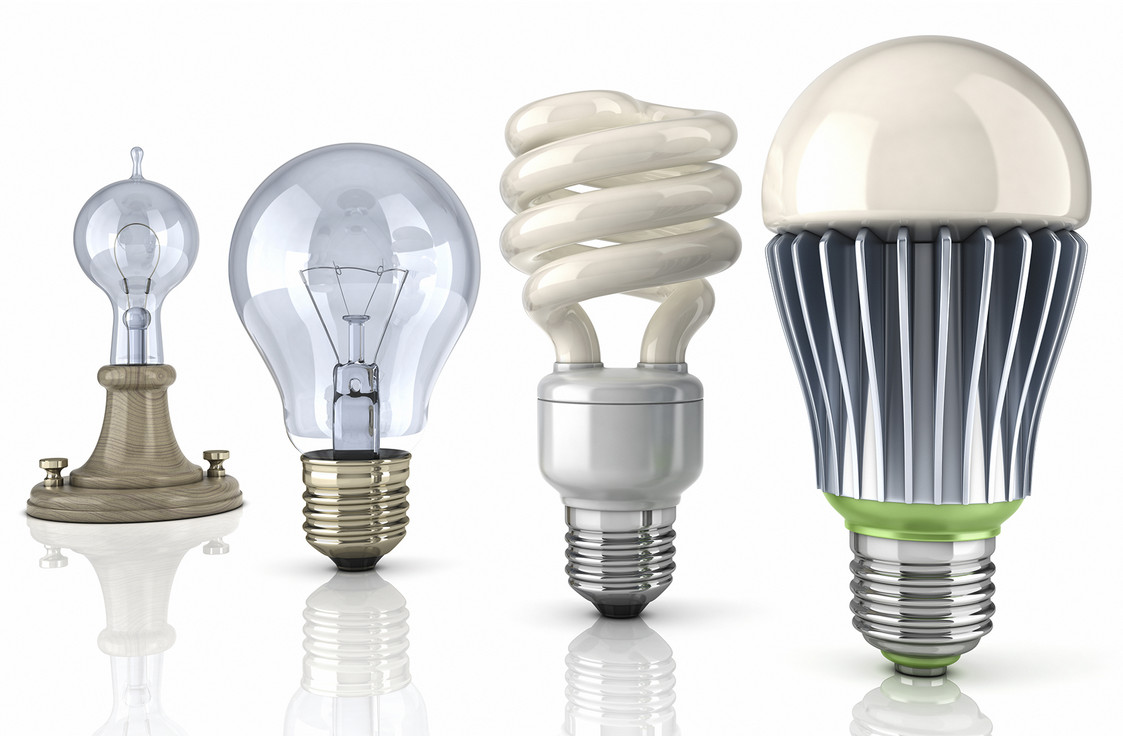









The history of lighting is intertwined with the story of electricity, and together they’ve illuminated and converted the world we live in. From Thomas Edison’s groundbreaking invention of the incandescent light bulb to the arrival of energy-effective LEDs( Light Emitting Diodes), the elaboration of lighting technology has not only changed the way we see the world but also revolutionized the way we consume and induce electricity.
1. Incandescent period Edison’s Light Bulb
The incandescent light bulb, patented by Thomas Edison in 1879, marked the morning of a new period in lighting. Edison’s invention reckoned on a simple yet ingenious conception passing an electric current through a line hair until it becomes so hot that it emits light. Although the incandescent bulb revolutionized inner lighting, it was fairly hamstrung, converting only a small chance of electricity into visible light while generating a significant quantum of heat.
2. Fluorescent Lights A Leap in Efficiency
Fluorescent lighting surfaced in the early 20th century as a further energy-effective volition to incandescent bulbs. These lights operate by passing electricity through a gas, which produces ultraviolet( UV) light. This UV light also interacts with phosphors on the bulb’s face, emitting visible light. Fluorescent lights were far more energy-effective than incandescents and came the standard for numerous marketable and artificial operations.
3. Compact Fluorescent lights( CFLs) A Household Revolution
Compact Fluorescent lights, or CFLs, gained fashionability in homes during the late 20th century. They were indeed more energy-effective than traditional incandescent bulbs and had a longer lifetime. Despite their positive attributes, CFLs contained small quantities of mercury, which raised environmental enterprises.
4. LED Lighting A Quantum Leap
The true revolution in lighting came with the development of Light Emitting Diodes( LEDs). Unlike incandescent and fluorescent lights, LEDs don’t calculate on hotting a hair or gas to produce light. rather, they use semiconductor accoutrements that emit light when an electric current passes through them. LEDs are incredibly energy-effective, emit veritably little heat, have a long lifetime, and can produce a wide range of colors. They’ve come the go- to choice for energy-effective lighting in homes, businesses, and out-of-door operations.
5. Smart Lighting and IoT Integration
LEDs are at the van of the smart lighting revolution. These intelligent lighting systems can be controlled ever via smartphones or other bias, allowing for customization of lighting color, intensity, and scheduling. The integration of lighting with the Internet of effects( IoT) enables energy conservation, security, and enhanced stoner gests .
6. Environmental Impact and Sustainability
The transition from incandescent and fluorescent lighting to LEDs has had a significant impact on energy consumption and carbon emigrations reduction. LEDs use vastly lower electricity and have a longer lifetime, reducing the need for frequent reserves and lowering waste.
7. The Future of Lighting and Electricity
As technology continues to advance, the future of lighting holds instigative possibilities. This includes the development of indeed further energy-effective and sustainable lighting technologies, similar as organic LEDs( OLEDs) and amount fleck LEDs. also, exploration into lighting’s goods on mortal health and well- being is driving inventions in circadian lighting, which can mimic natural daylight to ameliorate our sleep patterns and overall health.
From Edison’s incandescent bulb to the effective and protean LED, the elaboration of lighting and electricity has been a trip of invention and progress. These advancements not only converted our diurnal lives but also contributed to a more sustainable and connected world. As we continue to explore new borders in lighting technology, we can look forward to a brighter, more energy-effective future.
